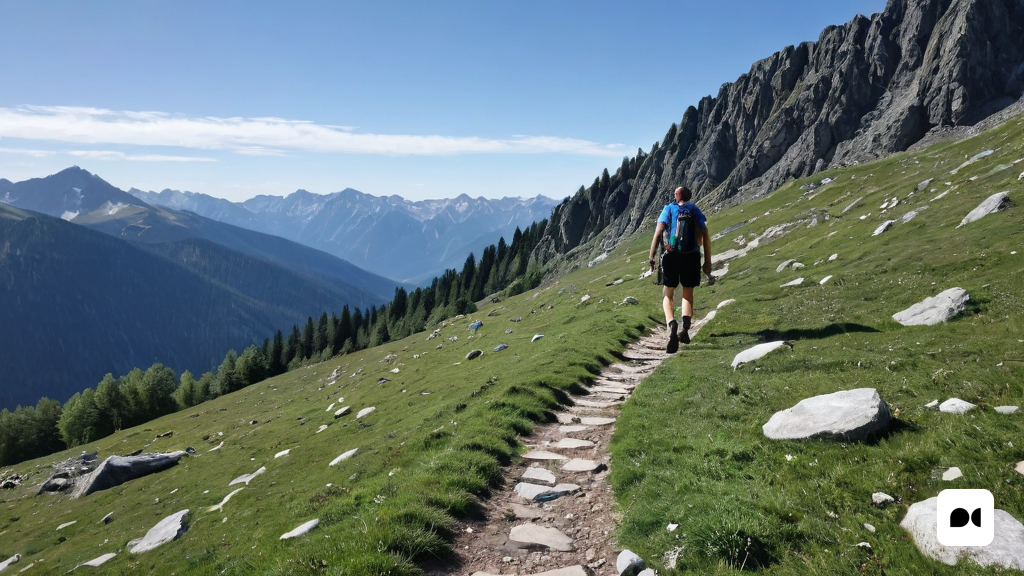Chapter 1: A liberating pleasure
Few things can provide such liberating pleasure as walking aimlessly through the mountains. It is a physical activity that provides us with sensory gratification, allowing us to enjoy moments of calm and solitude necessary to reflect and manage our daily problems.
Chapter 2: The past that connects us
When walking through the mountains, we can observe material remains from a near or distant past that transport us to different times and ways of life. These vestiges link us to the prehistory of the mountains, where human groups extracted and took advantage of natural resources to transform them into consumer goods. Agriculture, livestock and mining have been the main activities practiced throughout the history of the mountain.
Chapter 3: The paradigm shift
The economic and social change in the mountains is evident. Traditional agricultural activities now coexist with new ways of relating to the mountain environment, such as recreational use and enjoyment of the natural space. The increase in visitors to natural spaces seeking to escape industrial and alienating life is a challenge for these places and their plant and animal communities.
Chapter 4: The value of heritage
Old buildings and heritage remains are also victims of this urban invasion. However, its presence transports us to a specific past without asking for anything in return. Honoring their memory implies understanding their social function and recognizing their value as unrepeatable historical documents.
Chapter 5: Property milestones
The property rights are elements closely linked to the concept of property. These stones or signs stuck in the ground mark the limits of an estate or a region. In the mountains, we find different elements that indicate the limits of rustic or municipal properties.
Gaspar Modolell and Modolell
Gaspar Modolell i Modolell was an important agricultural owner of Sant Just Desvern in the 19th century. His property landmark is on Camí de l’Ermita and is made of sandstone, with inscriptions that refer to his name and surname.
Pere Campmany and Majó
Pere Campmany i Majó was a landowner in the Mas Lluí sector in the 19th century. Its property landmark is located near the old antenna of Ràdio Sant Feliu and is made of sandstone rock, with initials and a diamond-shaped point.
Vidal
The Vidal fita is located in the municipality of Molins de Rei, near the church of Sant Pere de Romaní. Although not much information is available about this owner, the fita is a triangular prism with inscriptions that refer to his name.
Can Amigó del Clot
The Can Amigó del Clot fita is located near the Clot de Can Amigó property. Although it is not known to which owner it refers, the fita is a rectangular prism with initials and a cross, made of rock.
Samson’s fits
Along the right bank of the Riera de la Salut, near the Sanson factory, there are several sites that delimit the ownership of this infrastructure. These modern fites are made of cement and feature the word ‘SANSON’ vertically. They are a testimony to the exploitation of the limestone quarries in the Collserola massís.
Municipal limits
The fites termeneres are also used to mark the boundaries between the municipalities of Sant Feliu de Llobregat, Sant Just Desvern and Santa Creu d’Olorda. These fites have been the subject of disputes throughout history, and their correct delimitation has been a thorny issue. The three-sided fence, located at the point where the three municipalities meet, shows the representative symbols of each of them.
Enjoy the landscape and heritage.
Jordi Jiménez Zamora

